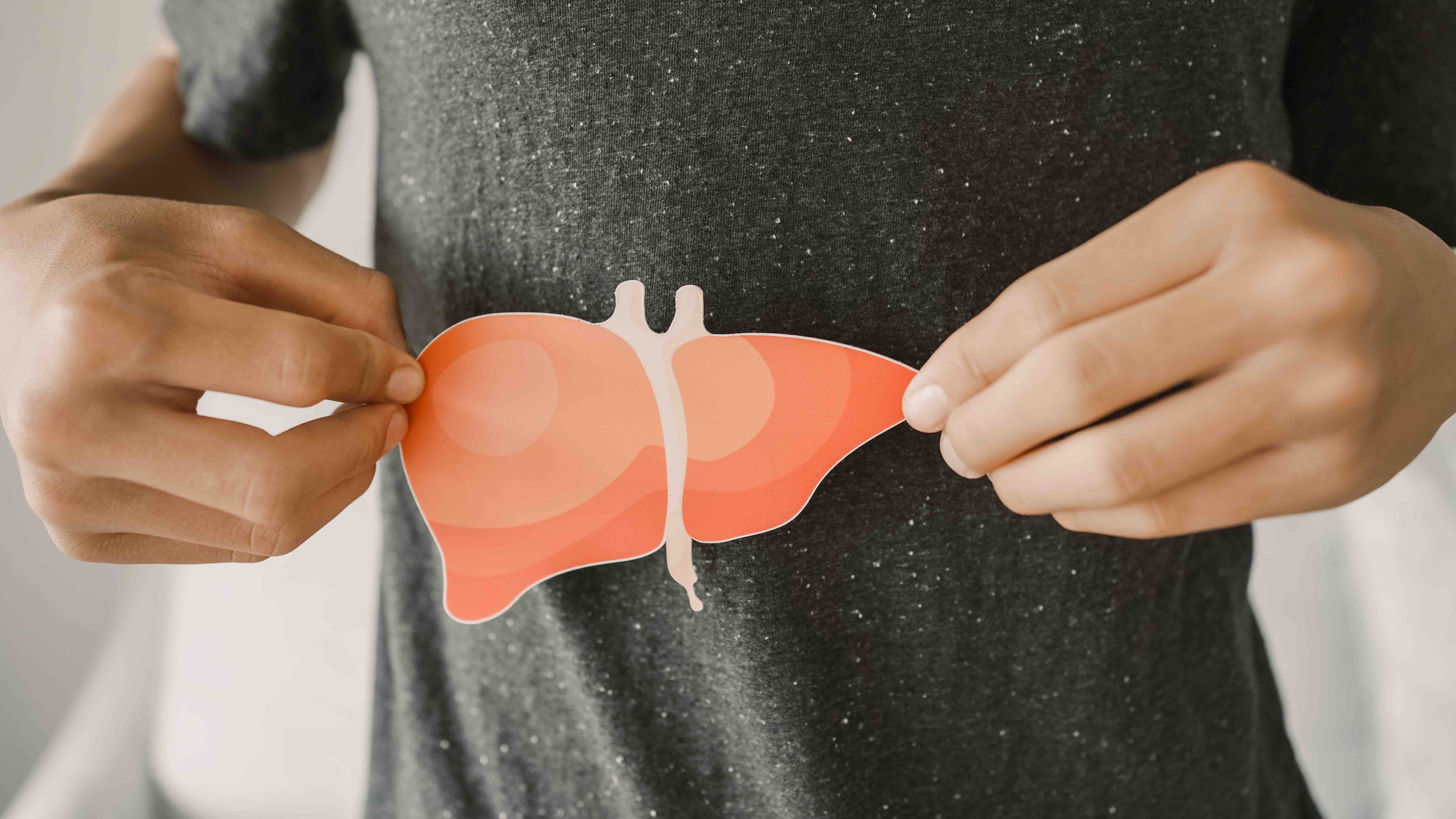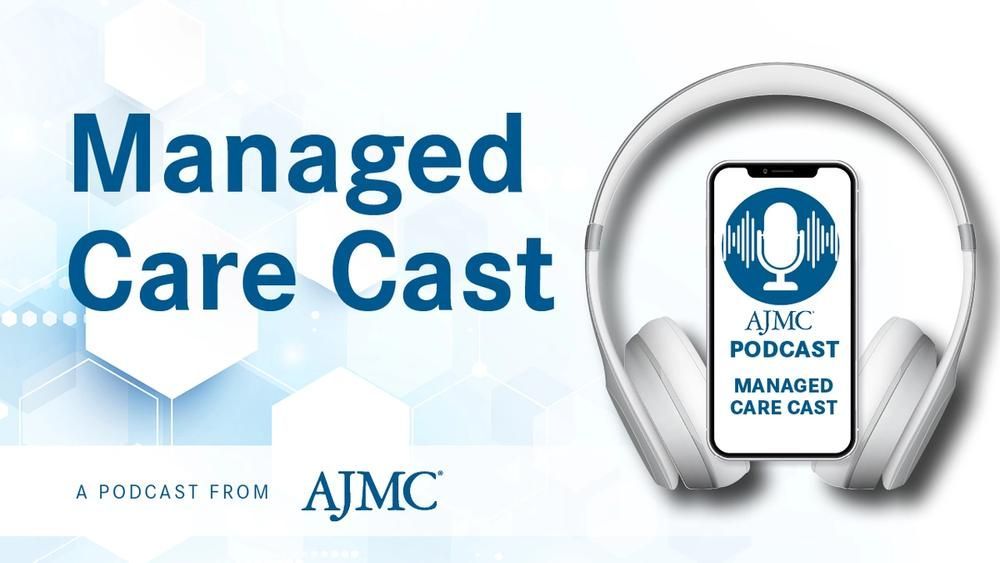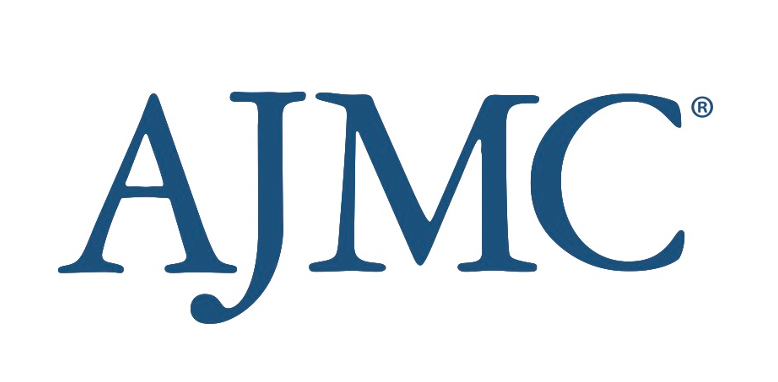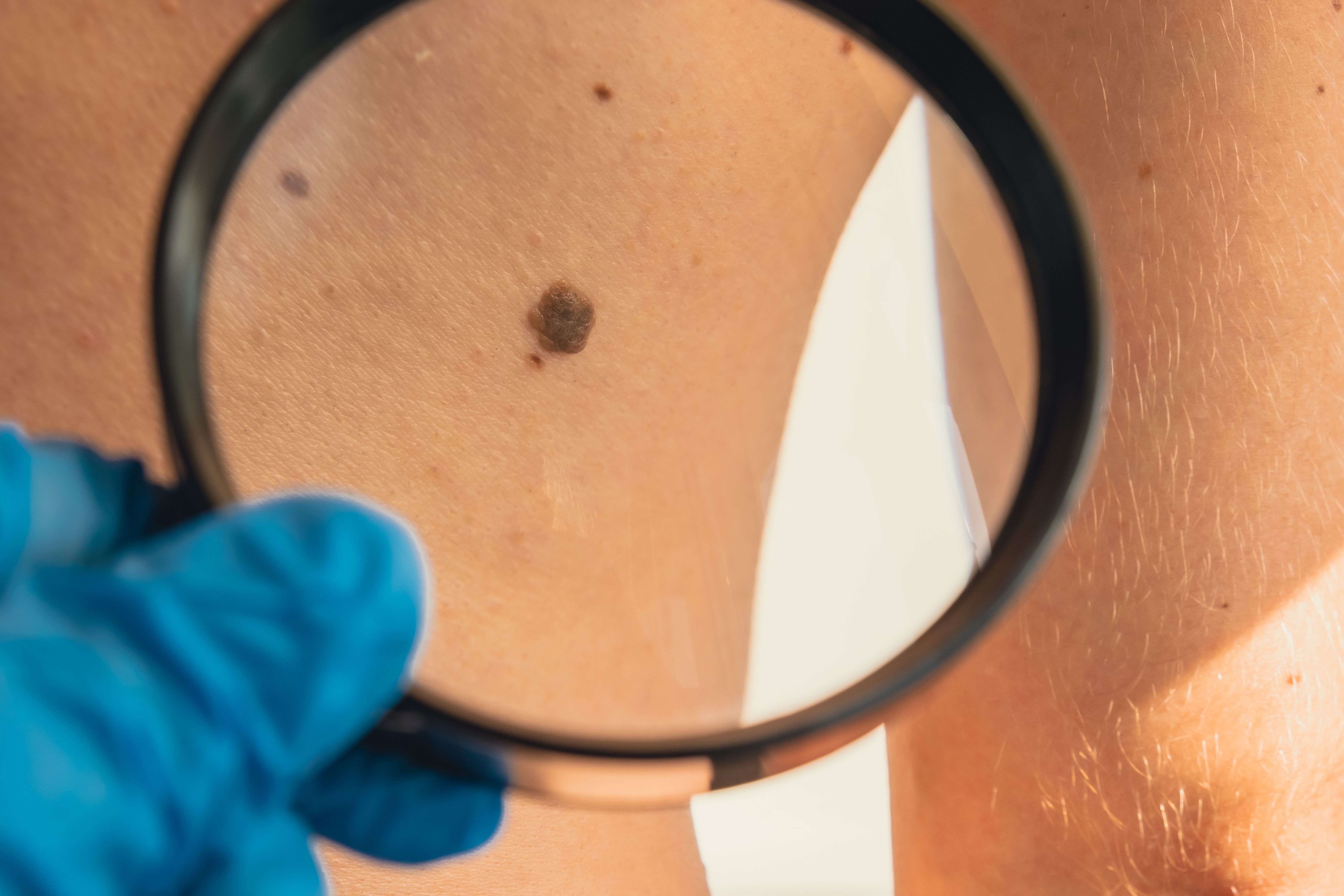News
Article
MASLD Associated With 2-Fold Increase of Serious Bacterial Infection
Author(s):
Key Takeaways
- MASLD significantly increases the risk of serious bacterial infections, with a two-fold increase in risk leading to hospitalization.
- Advanced MASLD stages, such as MASH, further elevate the risk of serious infections, including non-bacterial ones.
Data from a meta-analysis of 8 observational studies accounting for more than 26 million people across the globe were evaluated in a new review.
Metabolic dysfunction-associated steatotic liver disease (MASLD) significantly increases the risk of severe infection, suggests a review of the current literature, which highlights a two-fold increased risk of serious bacterial infection (SBI) resulting in complications, such as hospitalization.1
Researchers of the narrative review, publishing their findings in Liver International, highlighted the importance of their study, noting that SBI is among the least studied complications of MASLD, which affects more than 1 in 3 adults across the globe. The advanced stage of MASLD is metabolic dysfunction-associated steatohepatitis (MASH). Data also point to an increased risk of non-bacterial infections among patients with MASLD.
MASLD significantly increases the risk of severe infection, a literature review suggests. | Image credit: SewcreamStudio - stock.adobe.com

“Collectively, although further studies are needed, the findings of the published observational studies summarized here strongly suggest that clinicians need to be aware that the risk of serious (bacterial and non-bacterial) infectious diseases requiring hospital admission is high in people with MASLD and should be monitored, especially in patients with MASLD-related cirrhosis and those who have coexisting obesity or [type 2 diabetes],” commented the researchers, who also urged consideration of preventive measures among these patients.
The increased risk of infection was consistent across the literature search. In a meta-analysis of 8 observational studies accounting for more than 26 million people across the globe, MASLD carried a pooled random-effects odds ratio of 1.93 (95% CI, 1.44-2.58; I2 = 93%) for prevalent SBI requiring hospital or emergency department care. This risk increased further as data focused on more severe disease. Among patients with more severe fibrosis, such as patients with cirrhosis, the pooled random-effects odds ratio increased to 2.42 (95% CI, 1.89-2.29).2
Similarly, a meta-analysis of 2 Swedish population-based cohort studies found a pooled random-effects odds ratio of 1.80 (95% CI, 1.62-2.0; I2 = 89%).
Across studies, the increased risk of serious infection remained even when adjusting for age, gender, ethnicity, obesity, type 2 diabetes, and other comorbidities. The analyses did not account for measures such as food insecurity, low income status, physical activity levels, or alcohol consumption, so confounding by these factors cannot be ruled out, explained the researchers.
This was consistently seen across different types of bacterial infections, including urinary tract infections, upper or lower respiratory tract infections, and infections in the stomach, as well as sepsis, meningitis, peritonitis, and musculoskeletal or skin infections.
“It is important to note that the findings of the observational studies mentioned above apply to SBI requiring hospital admission and, therefore, cannot be extrapolated to milder bacterial infections,” wrote the researchers. “Moreover, the retrospective design of these observational studies does not allow for establishing a causal association between MASLD and the risk of SBI requiring hospital admission.”
Outside of SBI, data also point to an increased risk of non-bacterial acute infections, such as SARS CoV-2 infection associated with MASLD, particularly in younger patients and those with MASH. Results from a prospective cohort study, dubbed the CLEARED Consortium, showed that hospitalized patients with MASLD-related cirrhosis and bacterial or fungal infections were more likely to have in-hospital mortality and 30-day post-discharge mortality. The researchers flagged significant outcome disparities based on income.3
References
- Targher G, Tilg H, Valenti L. Risk of serious bacterial and non-bacterial infections in people with MASLD. Liver Int. 2025;45(4):e70059. doi:10.1111/liv.70059
- Mantovani A, Morandin R, Fiorio V, et al. Association between MASLD and increased risk of serious bacterial infections requiring hospital admission: a meta-analysis. Liver Int. 2024;45(4):e16101. doi:10.1111/liv.16101
- Cao Z, Wong F, Choudhury AK, et al. Global prevalence and characteristics of infections and clinical outcomes in hospitalised patients with cirrhosis: a prospective cohort study for the CLEARED Consortium. Lancet Gastroenterol Hepatol. 2024;9(11):997-1009. doi:10.1016/S2468-1253(24)00224-3




